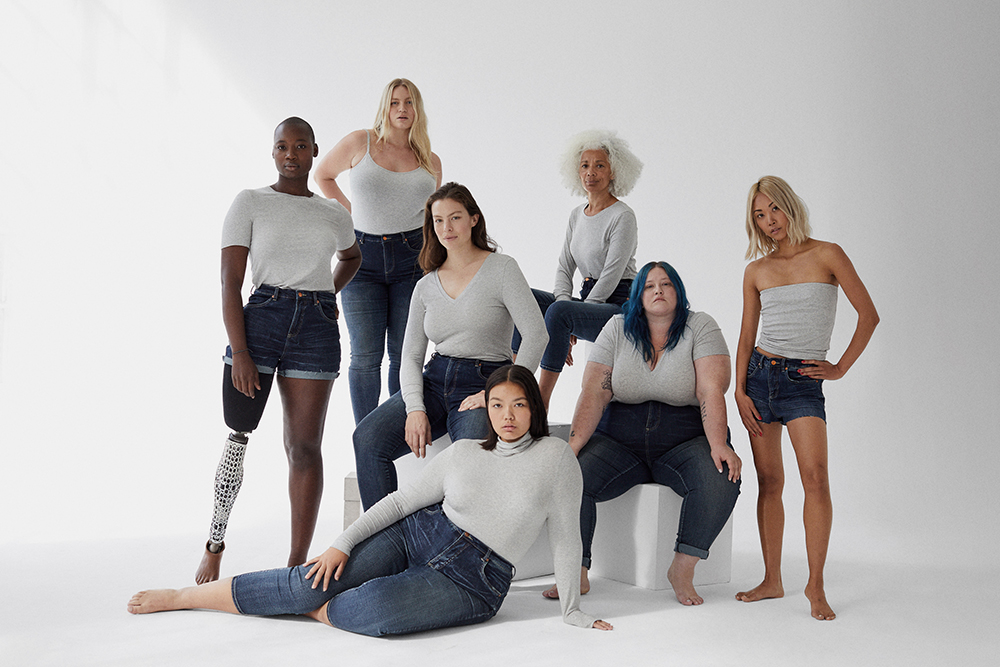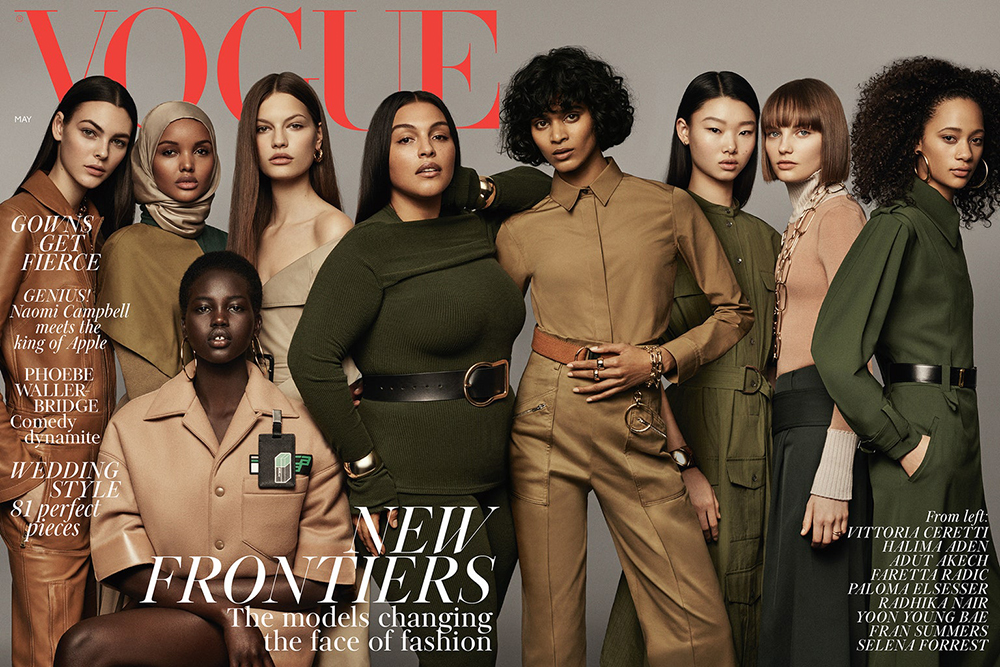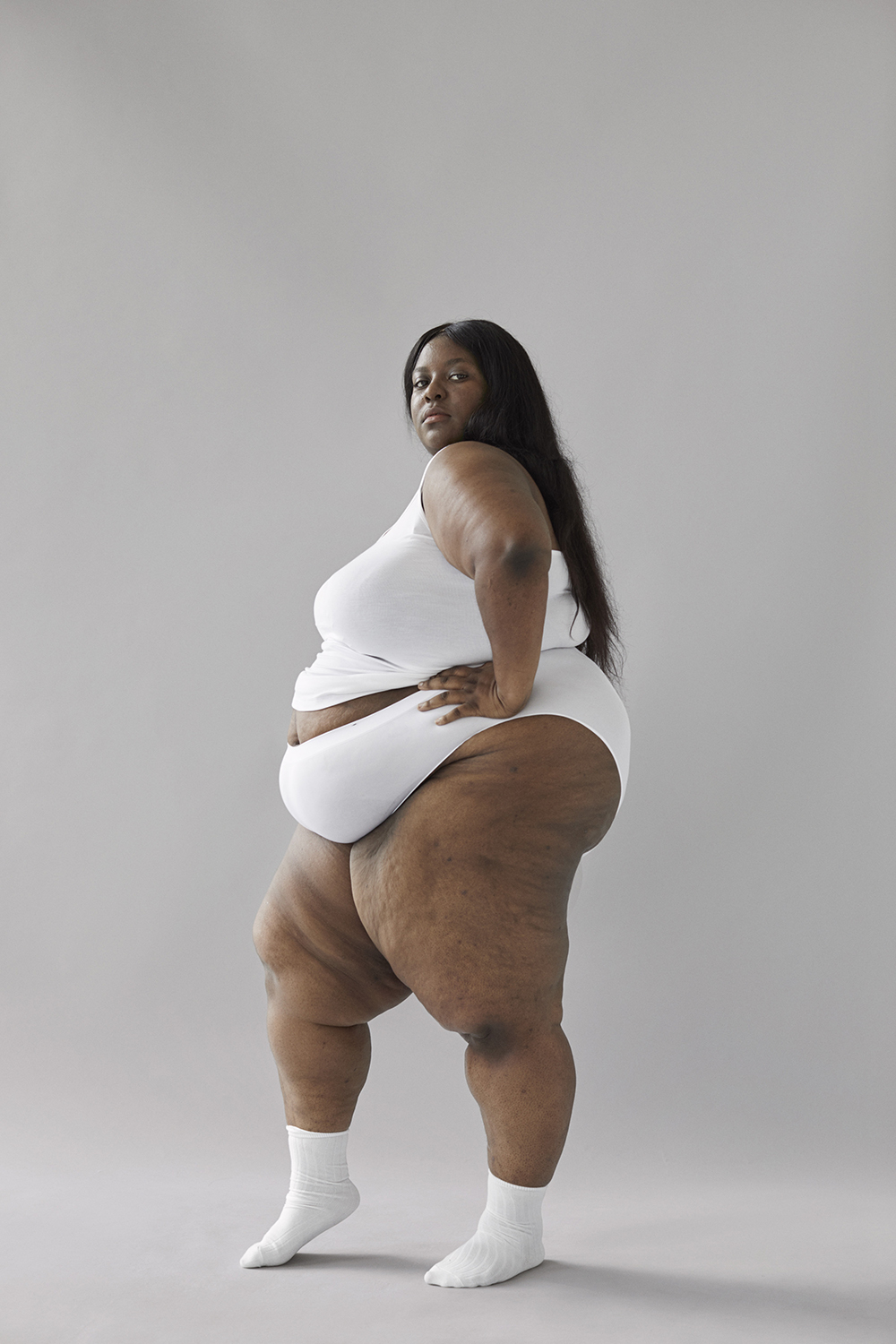Not so way back, once we went on social media or watched TV, we took it with no consideration that we solely noticed the socially permitted slender physique. Adverts for clothes and cosmetics function romantic leads and different impossibly slender supporting characters with profitable jobs and relationships, social mobility and the perks that include being skinny.
Over the previous 5 years or so, although, we have seen an enormous shift in how the physique is represented within the media and in society. The [third wave] physique positivity motion began in 2012 as a scorching matter amongst these concerned within the fatacceptance motion – spearheaded by bigger black fats ladies and minorities Girls, primarily targeted on the admiration of visibly fats our bodies and outright self-love—is one other descriptive ingredient of who the motion represented. The motion rapidly sparked buzz in Tumblr and Fb teams, and later fueled by plus-size bloggers on Instagram, edging into the mainstream, in a manner that sparked a revolution in physique form and self-love.

Constructive presentation
Since then, some plus dimension manufacturers have emerged, comparable to Vero Moda, Soncy, PinkClove and Common
Commonplace, and so forth., in addition to a combination of big-budget and designer mainstream manufacturers, comparable to
ASOS, RiverIsland, Monsoon, H&M, MaryKatrantzou, Christopher Kane and
Dianevon Furstenberg et al., who elevated the dimensions of the design to serve the bigger crowd.
Some TV reveals and flicks like Empire, Dumplin’
and “Euphoria,” which stars pro-body positivity mannequin and actress Barbie Flarera
Barbie Ferreira, reveals plus-sized protagonists who not have to succumb to the overly stereotyped “fats characters” we’re used to seeing on TV. These characters are humorous, robust, sensible, and able to loving and being liked. We start to see our bodies on the screenPositive pictures of bigger folks, seeing these bigger folks have a better probability of success.
But it surely’s not simply on the display screen. Over the previous few years, we have seen an rising variety of bigger figures grace the covers of among the world’s most prestigious style magazines and campaigns. from Ashley Graham
Ashley Graham on the duvet of Sports activities Illustrated in 2016, to Paloma Elsesser in
On the duvet of British Vogue in 2018, it felt just like the world was slowly beginning to take discover and acknowledge that bigger our bodies had their place.
I’m in 2014
Found the physique positivity group in 2009; after years of maximum weight-reduction plan, self-harm, and self-loathing, I made a decision to embark on a journey of self-love and acceptance of my physique. Rising up as a darker plus dimension black girl in western society, I noticed our bodies like mine marginalized, stigmatized, fetishized, and demonized. My physique — and a determine like mine — has by no means been a style step ahead. Rising up, the media and the leisure world had been telling me that being white and skinny was the best way to go. White and skinny are lovely. Something that does not meet this normal is taken into account “unhealthy.”
By the point I got here throughout this motion, there was a slant various group based mostly on social media that celebrated self-love and radical self-acceptance for fats our bodies of all ethnicities. Distinguished figures within the early days of the motion had been Jes
Baker, Sonya Renee Taylor, Jessamyn Stanley, and Kivan Bay, amongst others. Since then, some issues have modified.

The darker facet of the motion
Physique Religion is by definition itself, It is about taking a look at our our bodies not simply in full acceptance, however as one thing completely lovely. In a world the place physique disgrace is the mindset of the overwhelming majority of us, particularly when our our bodies are fats, scarred, or “out of line” not directly, it is a highly effective message to ship.
In recent times, nevertheless, the motion has turn out to be more and more commercialized. Physique positivity now seems to be a panacea motion, commodified and politicized by manufacturers and politicians in ways in which typically result in labeling a selected physique or ethnicityIndividuals of the group are excluded from the dialogue—they usually had been the characters who successfully began the dialogue within the first place.
Whereas the motion has accomplished great issues for the oft-ignored physique and created superb alternatives for the less-loved physique, it has additionally dangerously established its personal requirements of magnificence, leaving Many weak our bodies really feel powerless to pursue. We not see the motion as merely a celebration and celebration of plus-size our bodies, it’s now centered on “acceptably fats” ladies: exaggerated hourglass beauties, usually white or light-skinned, with small waists Large ass, excessive cheekbones.
Even so, there are some exceptions; some fashions and influencers with my physique like La’Shaunae Steward, Ashleigh Tribble, Gabi Gregg and Enam Asiama, and so forth., are beginning to love themselves, radicalize socially once more To achieve a group that empowers and appreciates and respects bigger stature.

“I do know, I am serving to a whole lot of ladies who do not see many in [the media] black fats woman,” 23
Steward, a 20-year-old mannequin and physique positivity activist, instructed Teen Vogue in August 2019. “The common determine over 20
Plus dimension ladies, many people you may’t see. ” Since her 2018 “Common Commonplace” (Common Commonplace)
Since going viral in a marketing campaign, Steward has been utilizing her platform to talk out about inclusivity in style.
And Lizzo. 2019
2019 was a fully implausible 12 months for her, featured in British Vogue
The unique cowl of , has turn out to be a worldwide poster woman of full self-love and physique righteousness. She additionally expressed frustration on the commodification of physique religion. “Anybody who makes use of physique integrity to promote one thing is utilizing it for private achieve,” she instructed Vogue in a canopy interview. “We did not begin out promoting something. We had been simply promoting ourselves.” For many people, Lizzo
It symbolizes the change in society and society’s angle in direction of fats folks (particularly fats black ladies)-it has at all times been extraordinarily uncommon to see fats black ladies who’re unbiased, assured and horny within the media. However this isn’t sufficient.

Making a secure area for achievement
The physique positivity motion nonetheless has an extended method to go Technique to go. We aspire to a realm the place plus-size folks of all shapes and ethnicities can revisit the motion as a secure area the place we will have fun our our bodies and stay in peace with out being disrespectful or provocative in direction of others And irreverent, till then we are going to nonetheless see the pervasive worry of being fats. Take the latest case of British singer Adele, who was applauded for reducing weight despite the fact that it wasn’t one thing that needs to be mentioned.
So, how do we alter this example? One good factor that may assist transfer this motion ahead is to help collaborations. These in good condition and smaller can become involved within the physique positivity motion and use their platforms and voices to raise, retweet and repost ideas, opinions and views, supporting voices which are ignored due to their look. With their assist, we will counteract the damaging and dangerous narratives created by the media and the burden loss trade about weight.
Additionally, behind-the-scenes modifications are required. From administrators and brokers, to PR and entrepreneurs, rising the range of physique varieties on workers can profoundly change the varieties of media campaigns we obtain. However change is slowly occurring, and other people in energy are coming ahead. What this motion wants most is full help and participation so that every one our bodies may be handled equally.

